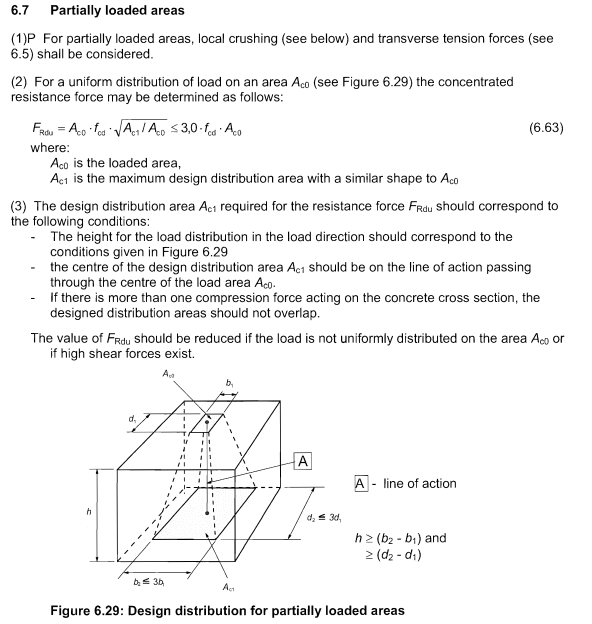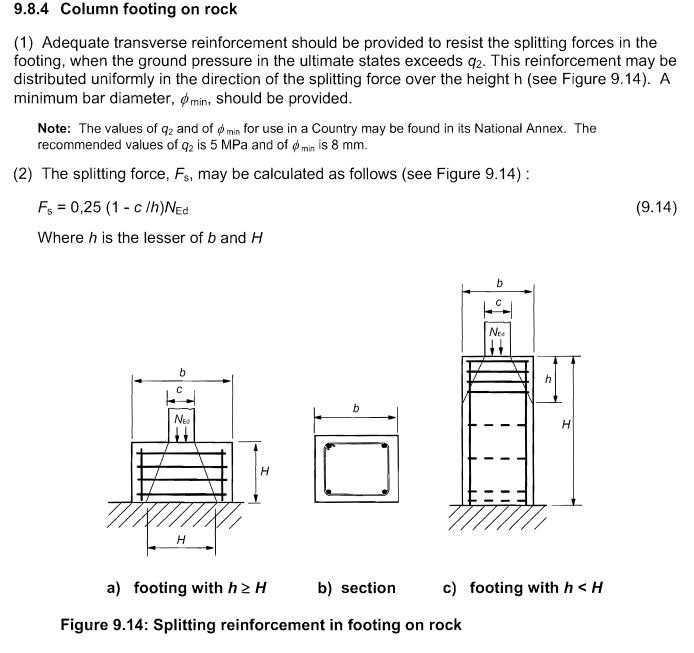Alvarobg
Structural
- Oct 8, 2015
- 22
Hello all,
I have a doubt about stress distribution angle:
The stresses underneath concentrated forces can in general be assumed to dristribute through concrete under an angle equal to:
- 33,7º
- 45º
- depends
- other
Is there any standar related?
I am designing and the higher is the angle the more economic will be my solution.
Thank you very much
I have a doubt about stress distribution angle:
The stresses underneath concentrated forces can in general be assumed to dristribute through concrete under an angle equal to:
- 33,7º
- 45º
- depends
- other
Is there any standar related?
I am designing and the higher is the angle the more economic will be my solution.
Thank you very much


